Getting Started: Design Document and Sample Scene
Initial thoughts:
- How has this semester been going?
- Although I have been planning and researching this project for much of college, this school year is when I have time set aside specifically to work on it. I have been actively working for about a month now. Progress is steady, but slower than expected. It has been difficult to balance my online coursework, projects, and mental health during the pandemic. It took me longer than I had hoped to get into the groove of this semester with everything going on, but now I finally feel like I am getting on top of my to do list. I'm hoping to spend my mornings Monday through Friday working on this project.
- Where am I in the project
- This post documents the first month or so of the project, but I made a substantial change to the game's structure over the weekend. I will make a separate post detailing that change.
- In the first month of the project, I did three main things. First, I made a game design document to outline what the game will look like and how it will work. Second, I made a sample scene to get a feel for how the game will look and function.
Game Design Document
I created the Game Design document through a site called DunDoc. Design documents are intended to grow and change alongside the project, so I will continue to add to and alter it. Its main purpose is to make sure I am on the same page about the game's design as my two thesis mentors ("readers" doesn't feel like the right title as this isn't a typical written thesis). I can always go back and reference the document if I lose sight of our goals.
The document is viewable here:
https://www.dundoc.com/project/6708/the-pazzi-conspiracy
Game Art
When I began ideating for this project two years ago, I went through a few digital galleries to collect period-appropriate art. Luckily, the Uffizi Galleries have tons of their collection digitized, and the complete works of several renaissance artists can be easily found online. There is no shortage of 15th century Florentine art to craft my game objects out of. Below are just a few examples.

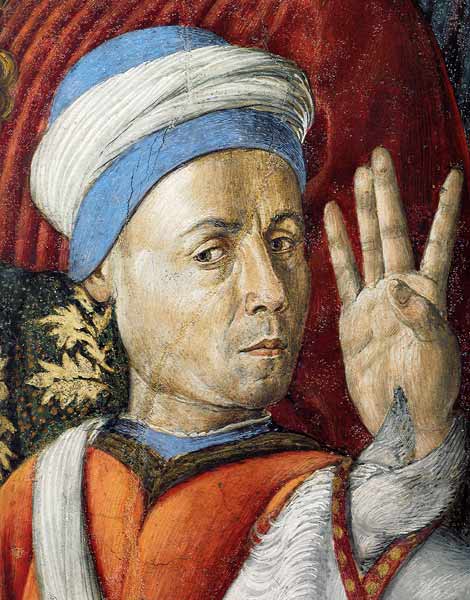

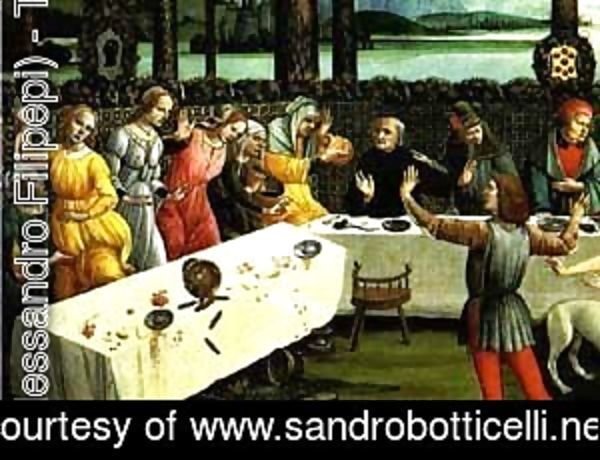
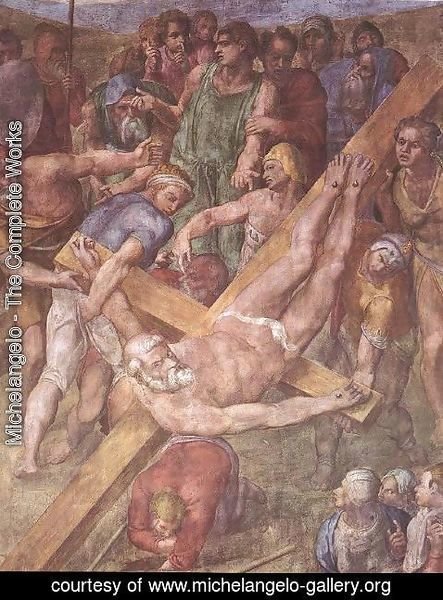
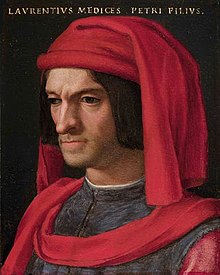
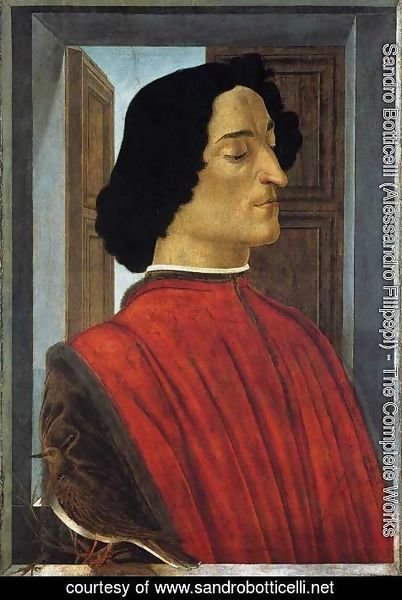
Sample Scene
I am writing all of the code from scratch based off of online unity tutorials. I created a sample scene this past week to work on the game's core functionality. I figured out how to make the NPCs move on their own and determine their path. More importantly, I coded a simple way for players to click on a character and have a short conversation with them. Dialogue is the main mechanic of the game. What I have now is very simple, but I hope to complicate it by including dialogue options next.
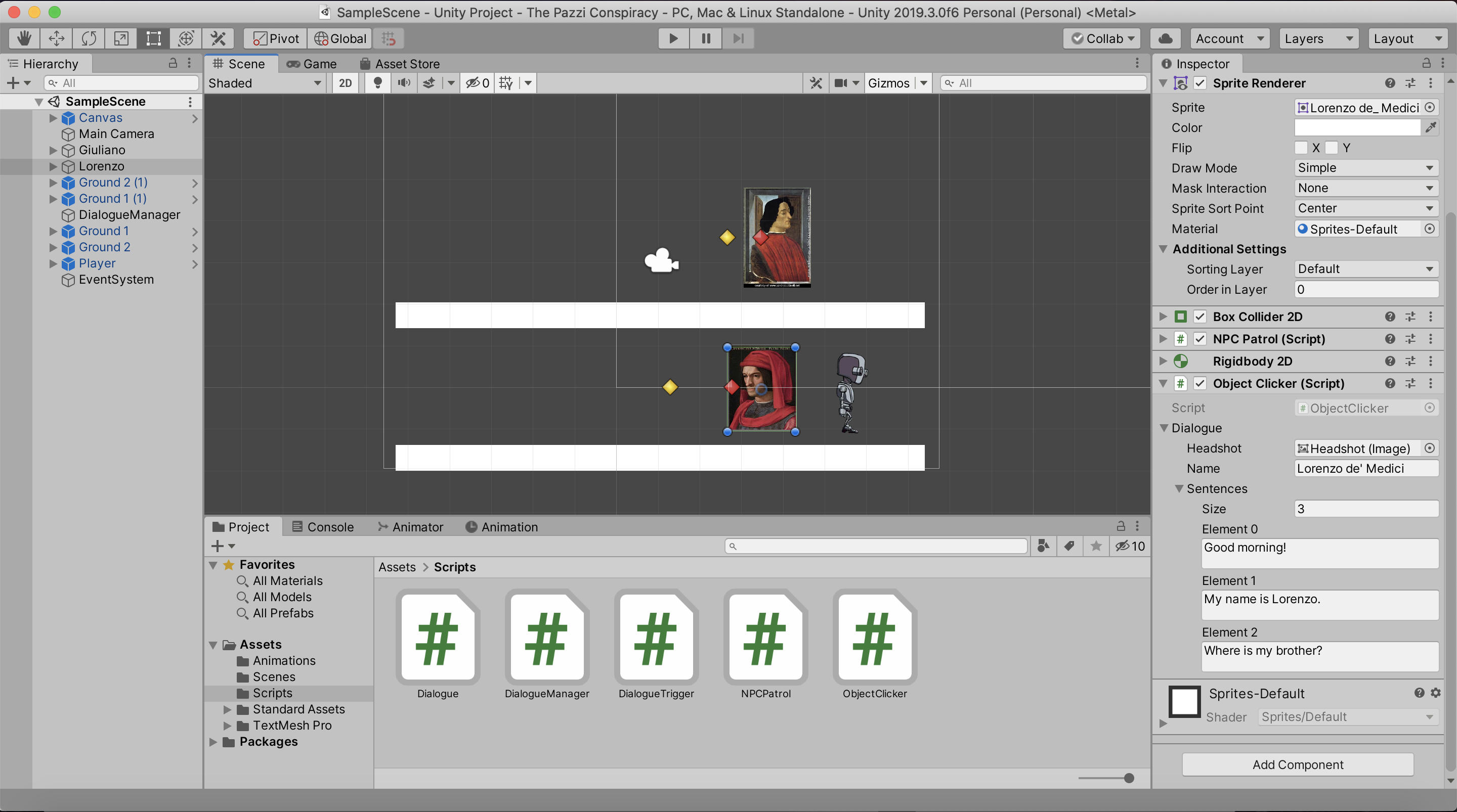
Each figure in the scene can be clicked on. When you hold the mouse down, the dialogue attached to the game object will begin. I can tweak the number of dialogue chunks each NPC has and their content, but right now I cannot change the order of the dialogue. The player also has no choice in how to speak with the NPCs. My next step is to fix this problem.
Get The Pazzi Conspiracy: An Educational Video Game
The Pazzi Conspiracy: An Educational Video Game
a historical game to teach university students about the Italian Renaissance
| Status | Released |
| Author | Haley Price |
| Genre | Educational |
| Tags | 2D, Historical, Point & Click, Story Rich |
More posts
- Install InstructionsOct 08, 2021
- Video ExegesisMay 13, 2021
- CitationsMay 07, 2021
- Writing a Teaching Guide IIMay 06, 2021
- Writing a Teaching GuideMay 06, 2021
Leave a comment
Log in with itch.io to leave a comment.